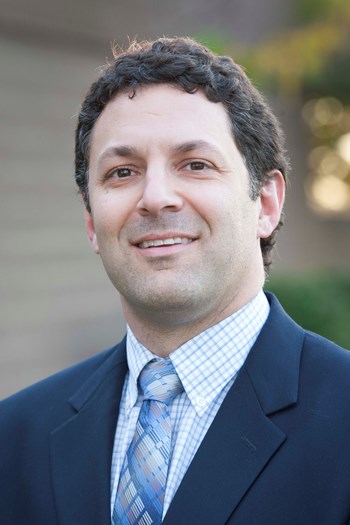
BY: TODD C. BATTAGLIA, MD, MS
Partner, Syracuse Orthopedic Specialists, PC
Director, SOS Cartilage Center of CNY
Head Orthopaedist, Syracuse University Football
Articular cartilage is the “Teflon” that coats the surfaces inside all of our joints, acting as a cushion, shock absorber, and lubricant for joint movement. Injuries to this cartilage are among the most common reasons for visits to the orthopaedic surgeon, and can result from nearly any twist, jump, fall, or other trauma. But more often, damage occurs more gradually, simply through overuse or “wear and tear.” Interestingly, it is highly debated whether long-distance running, and other high-intensity cardiovascular exercise, contribute to, or help prevent, cartilage damage. While some physicians view joint cartilage as analogous to the tread on your car's tires – that is, the longer and harder you drive, the more it wears down – there is some research suggesting that exercise, including running, may keep the cartilage stronger and healthier than in those who do not exercise.
For many years, treatment options for these cartilage injuries were very limited – the only options available were pain medications, steroid injections, or activity modification, until the patient was old enough – and the symptoms severe enough – for joint replacement. This is because this cartilage has few cells and no blood supply; it therefore has minimal ability to heal. This meant injured patients often had to live with pain for many years. For younger patients, particularly, this often required a significant alteration in their activities – for instance, no more running, or basketball, or volleyball.
Over the last decade, however, a minor revolution in orthopaedics has occurred, allowing physicians to now treat many of these injuries effectively and without joint replacement. To achieve this required strategies that compensate for cartilage's lack of blood supply and limited healing potential. Some of these new techniques are still not widely available, but a steady increase is being seen in the numbers of “cartilage treatment centers” and the numbers of physicians interested in offering these services. This includes our own SOS Cartilage Center here in Syracuse, NY. Most options offered are currently focused on the knee joint, as the majority of the existing research and subsequent knowledge regarding these surgeries focuses on the knee. Indications, however, are expanding to other sites of cartilage damage, including ankle, hip, elbow, and shoulder.
Occasionally, treatment may be as simple as removal of any loose pieces and smoothing of the damaged cartilage. Frequently, however, more complex strategies are required. For smaller lesions, usually less than 1-2 cm2, we often use an older technique called “microfracture,” which stimulates stem cell production and tissue growth in the area of a defect; but today it is now augmented with cartilage pastes and growth factors to stimulate growth of more normal tissue, rather than scar tissue. Cartilage transfers, which involve moving cartilage and underlying bone from a less important area of a joint to the damaged area, are also used for small- to medium-sized areas of damage. When the zone of injury is larger, often greater than 3-4 cm2, one consideration may be an osteochondral transplantation using living cartilage and bone from tissue banks. Another option may involve implantation of small pieces of juvenile or fetal cartilage, which still possesses growth potential. In addition, we appear to have now developed techniques to reliably harvest normal cartilage cells via biopsy, culture them in a lab to produce large numbers of cells, and re-implant the cells in areas of damage. This technique is often used for the largest defects.
Success for these new techniques depends on selecting the right patient and the right procedure. Size and degree of damage, patient age, and activity goals all play a role in the selection of an appropriate treatment. To some degree, younger patients are better candidates, as their bodies are more accepting of transplantation and more apt to regrow cartilage. Many of these techniques are often used in conjunction with osteotomies, which are realignment procedures used to unload areas of damaged (or repaired) cartilage. Numerous studies show that the long-term success for cartilage surgeries is much higher when combined with osteotomy. The risks and rehabilitation can vary widely among these options but is often lengthy, from a few months to up to a year. Some patients may not be candidates, particularly older individuals, who often may still be better served with joint replacement. Overall results for these procedures, however, consistently range from good to excellent in the appropriately selected patient.
